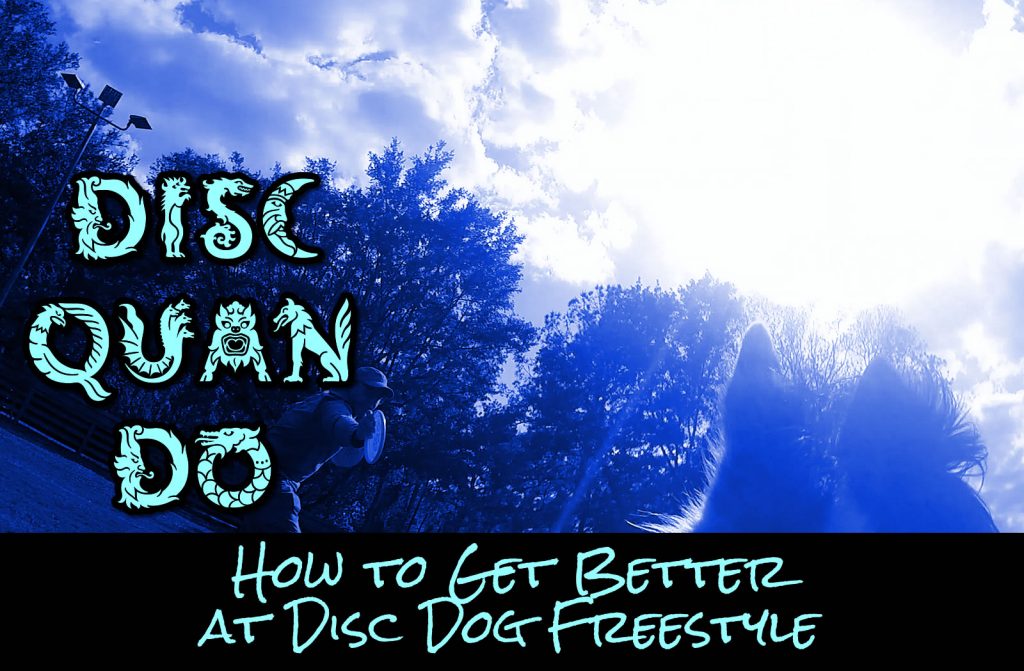
How to Get Better at Disc Dog Freestyle
Dog training has a maxim: You don’t solve a dog problem by adding another dog. It makes sense, right?
Look In, Not Out
In a similar vein, you are not going to solve disc dog problems with new offensive cool moves. Stop looking for new tricks. A new trick isn’t going to solve your jam problem any more than that new dog is going to solve your dog problem. Look inward, at the things you already do. Understand those things. Figure out how they work. Exercise them and smooth off the round edges. That’s where rapid growth in disc dog freestyle happens.
Success in this game is much more about the things you do between the tricks, the little things that are not tricks at all and are often hidden are far more important than the tricks themselves. If your stuff between the tricks, your set up, position, flatwork and team movement are off your trick will be hard to pull off or fall flat before it happens.
The answer isn’t a new style or a new trick. The answer is to pay attention to the parts of the game that have escaped your focus. Look in at what you have going on with your dog. Improve that stuff and new tricks come easy.
Key Skills
A Wait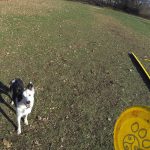 Waiting on cue and situationally is extremely important for disc dog freestyle training. The competition field might not see too much waiting going on as everything is supposed to be happening in flow,... More is a huge skill. How’s yours? Is it working? Is it barely hanging on? How much work or focus have you put on your Wait lately? Are you asking how to fix this? Or are you looking for a sweet new move? It is very hard to learn a new trick with a shoddy Wait (EPIC!).
Waiting on cue and situationally is extremely important for disc dog freestyle training. The competition field might not see too much waiting going on as everything is supposed to be happening in flow,... More is a huge skill. How’s yours? Is it working? Is it barely hanging on? How much work or focus have you put on your Wait lately? Are you asking how to fix this? Or are you looking for a sweet new move? It is very hard to learn a new trick with a shoddy Wait (EPIC!).

PositionIn the Play+ philosophy, "Position" is the final stage within the "Next" phase of a Cycle of Play. It acts as a pivotal link between the "Next" phase and a new "Now" phase. More is key as well. Can you line your dog up in various positions? Do you know how pressure affects the dog in Front Front is a stable position directly in front of the handler. Front is an traditional obedience skill. Usually your dog sits in this position, but standing is often acceptable as well, especially in... More Position? Have you explored that at all? When is the last time you worked position with a disc and your dog?
Front is a stable position directly in front of the handler. Front is an traditional obedience skill. Usually your dog sits in this position, but standing is often acceptable as well, especially in... More Position? Have you explored that at all? When is the last time you worked position with a disc and your dog?
Flatwork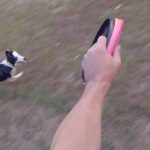 Flatwork is the stuff that happens between the catches. How the team moves and transitions, often without the disc, is flatwork. Flatwork concepts in disc dog are taken from the agility and herding... More, whether or not you choose to work it, is happening as well. Do you know how to stop a moving dog? How do you change the dog’s direction? Is it reliable? Do you know how to lead a dog around the field?
Flatwork is the stuff that happens between the catches. How the team moves and transitions, often without the disc, is flatwork. Flatwork concepts in disc dog are taken from the agility and herding... More, whether or not you choose to work it, is happening as well. Do you know how to stop a moving dog? How do you change the dog’s direction? Is it reliable? Do you know how to lead a dog around the field?
If all you got is a throw to move your dog, you’re going to have some trouble on the training and performance field.
Pressure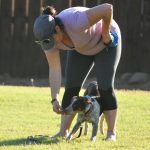 Pressure comes in many forms in dog training. Positional Pressure, Performance Pressure, Environmental Pressure, the Plane of the handler’s body. Pressure is a fact. How you wield it or leverage it is up... More, posture, and your foot and body position are key as well. If you think a pose
Pressure comes in many forms in dog training. Positional Pressure, Performance Pressure, Environmental Pressure, the Plane of the handler’s body. Pressure is a fact. How you wield it or leverage it is up... More, posture, and your foot and body position are key as well. If you think a pose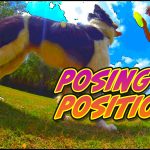 Posing is a communication tool for throwing discs to dogs (or people). A pose is a frozen moment of a throw; a key moment of the backswing perhaps, or a flashy presentation of... More is just pointing somewhere, you’re already behind the 8 ball. Positional pressure in the game of disc dog freestyle is always in effect. We send directional signals to our dog with just about every movement and position change. Might be a good idea to understand how that works.
Posing is a communication tool for throwing discs to dogs (or people). A pose is a frozen moment of a throw; a key moment of the backswing perhaps, or a flashy presentation of... More is just pointing somewhere, you’re already behind the 8 ball. Positional pressure in the game of disc dog freestyle is always in effect. We send directional signals to our dog with just about every movement and position change. Might be a good idea to understand how that works.
Engagement is key as well. Structuring play to keep the dog engaged is a must. Sometimes maintaining drive and engagement is the most important thing.
None of these key skills are going to be solved with a new trick. It requires looking at what you’re doing, what the dog likes to do, and figuring out how to get the team to do both.
Purpose Driven Play
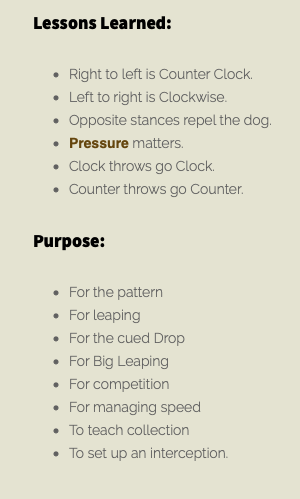
Odds are you do many things that can be applied towards exercising, understanding, and reinforcing these key skills, but they must be purposed towards these ends, just doing them without purpose will not help. One of the cool things about the Disc Quan Do class is that “Purpose” is a focus in each lesson.
When you purpose your skills to something other than “looking cool”, “running the pattern”, or “getting catches”, those skills look, feel, and perform differently.
On the right are the purposes listed for the Zig Zag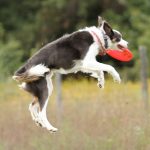 A Zig Zag is a series of catches in smooth succession that forces the dog to move back and forth across the field. Usually performed at a distance of 8-20 yards, the Zig... More Form in the Green Belt module. Each of these purposes are important to a quality zig zag. Each purpose makes the zig zag an entirely different skill.
A Zig Zag is a series of catches in smooth succession that forces the dog to move back and forth across the field. Usually performed at a distance of 8-20 yards, the Zig... More Form in the Green Belt module. Each of these purposes are important to a quality zig zag. Each purpose makes the zig zag an entirely different skill.
Check out the White and Yellow Belt lessons in the Disc Quan Do class for more examples of applications of purpose driven play. If you want some help taking that inward look and applying what you already do towards purposes that will help you grow your game.
[vc_cta h2=”Lemme See the Class!” h4=”I’m Interested. Let me poke around…” txt_align=”center” add_button=”bottom” btn_title=”Check out the Class” btn_style=”flat” btn_align=”center” btn_i_icon_fontawesome=”fa fa-cogs” btn_css_animation=”top-to-bottom” css_animation=”top-to-bottom” btn_link=”url:http%3A%2F%2Fpvybe.com%2Fdigital-dojo%2Fdisc-quan-do%2F|||” btn_button_block=”true” btn_add_icon=”true” btn_custom_onclick=”true”][/vc_cta]




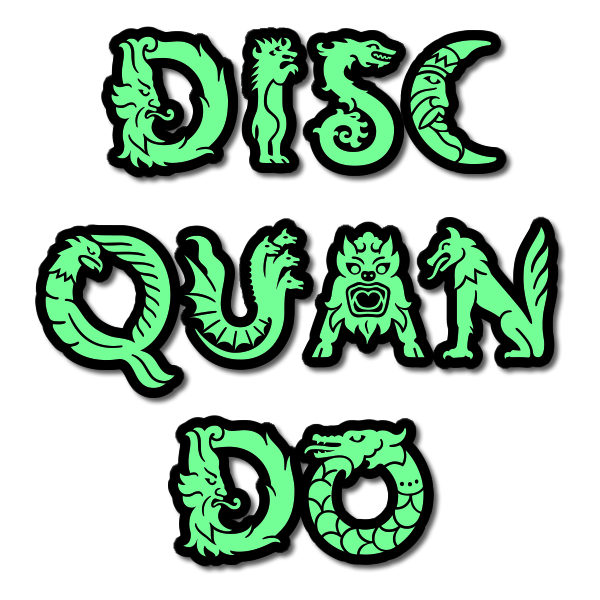



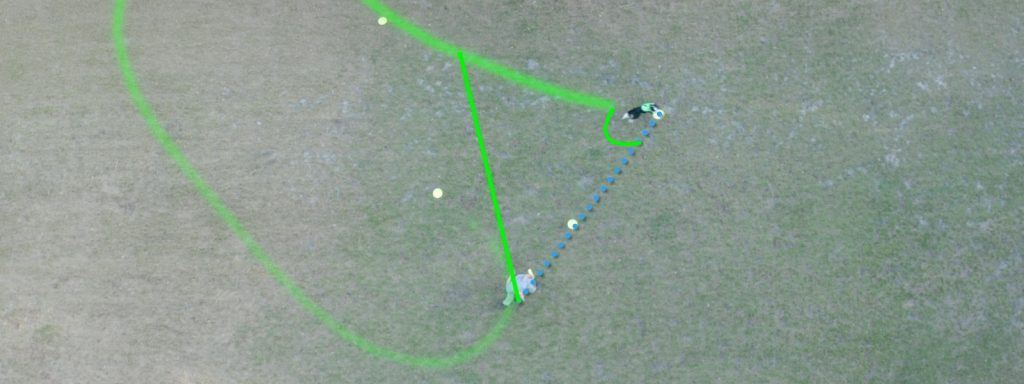
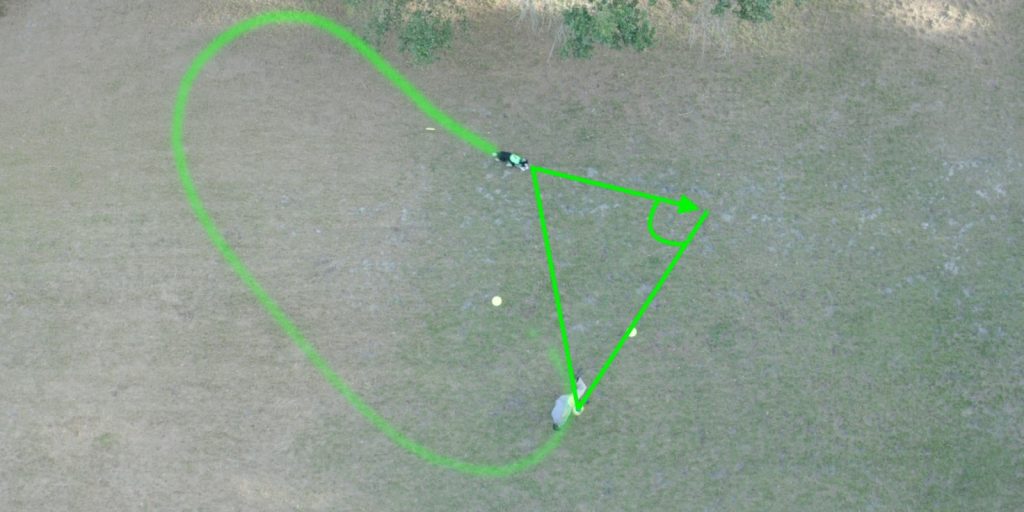
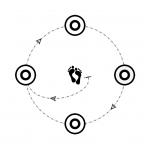
Responses